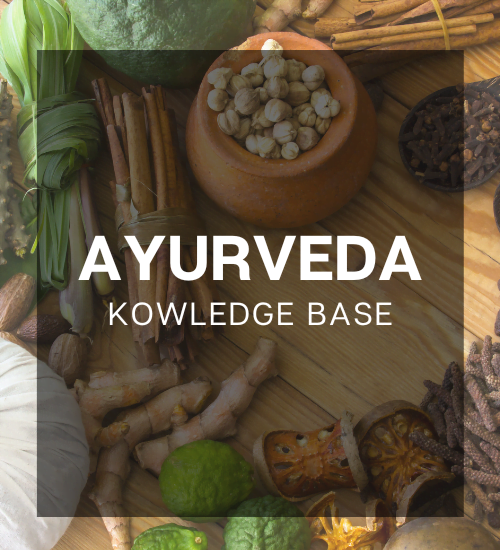No products in the cart.
Parikartika (Fissure-in-ano)
Table of Contents

PARIKARTIKA(FISSURE-IN-ANO)
Interruption to the continuity of skin or tissue is termed as parikartika. Guda parikartika is one of the most commonly seen.
Causes:
Constipation is the most common cause of parikartika, forceful defecation, passing of hard stools, intake of vidahikara ahara (hot in potency), daha (dehydration) and vishamasana (unwholesome diet).
Symptoms:
Cracking of external orifice, stools associated with streaks of blood, burning pain, unable to sit or stand, worsen on touch or extension. Complications:
Long standing fissures may results in appearing of skin tags at the lower edge of wound, which is to be differentiated with external piles.
Symptoms include pain and streaks of bleeding with bowel movements.
Patients note severe pain during and especially after a bowel movement lasting from several minutes to few hours. Bleed will be bright red in color with fresh or sticky in nature. Patient may feel fearful of having a bowel movement and may try to avoid defecation secondary to the pain.
Causes includes a hard dry bowel movement is typically is responsible, but loose stools and diarrhea can also be the cause. The injury to the tissue creates severe anal pain resulting in anal sphincter spasm and a subsequent increase in anal sphincter muscle pressure. The increase in anal sphincter muscle pressure results in a decrease in blood flow to the site of the injury, thus impairing healing of the wound.
Types include acute (recent onset) and chronic (typically lasting more than 8 to 12 weeks).
Anal fissures are misdiagnosed as hemorrhoids due to some similar symptoms between the two.
Treatment includes making once stool more consistent with a diet high in fiber supplementation, with increase in water intake aids in the healing process. No pain killers are recommended as they promote constipation. External applications are more helpful in relieving the condition.
Causes:
Constipation is the most common cause of parikartika, forceful defecation, passing of hard stools, intake of vidahikara ahara (hot in potency), daha (dehydration) and vishamasana (unwholesome diet).
Symptoms:
Cracking of external orifice, stools associated with streaks of blood, burning pain, unable to sit or stand, worsen on touch or extension. Complications:
Long standing fissures may results in appearing of skin tags at the lower edge of wound, which is to be differentiated with external piles.
Line of treatment: #
Mala sodhana followed by pariseka, pralepa oushada.Medicines: #
Abhayadi modak, saptavimsati guggulu, triphala gritam, dadimadi gritamModern view: #
Fissures are usually caused by trauma to the inner lining of the anus. An anal fissure is a small tear in skin that lines the opening of the anus. Fissures typically cause severe pain and bleeding with bowel movements. Fissures are quite common in general population, but are often confused with other causes of pain and bleeding such as hemorrhoids. Anal fissure can occur at any age.Symptoms include pain and streaks of bleeding with bowel movements.
Patients note severe pain during and especially after a bowel movement lasting from several minutes to few hours. Bleed will be bright red in color with fresh or sticky in nature. Patient may feel fearful of having a bowel movement and may try to avoid defecation secondary to the pain.
Causes includes a hard dry bowel movement is typically is responsible, but loose stools and diarrhea can also be the cause. The injury to the tissue creates severe anal pain resulting in anal sphincter spasm and a subsequent increase in anal sphincter muscle pressure. The increase in anal sphincter muscle pressure results in a decrease in blood flow to the site of the injury, thus impairing healing of the wound.
Types include acute (recent onset) and chronic (typically lasting more than 8 to 12 weeks).
Anal fissures are misdiagnosed as hemorrhoids due to some similar symptoms between the two.
Treatment includes making once stool more consistent with a diet high in fiber supplementation, with increase in water intake aids in the healing process. No pain killers are recommended as they promote constipation. External applications are more helpful in relieving the condition.
Updated on November 24, 2024
Powered by BetterDocs
 Doctor_Panel
Doctor_Panel






 INR
INR 



































